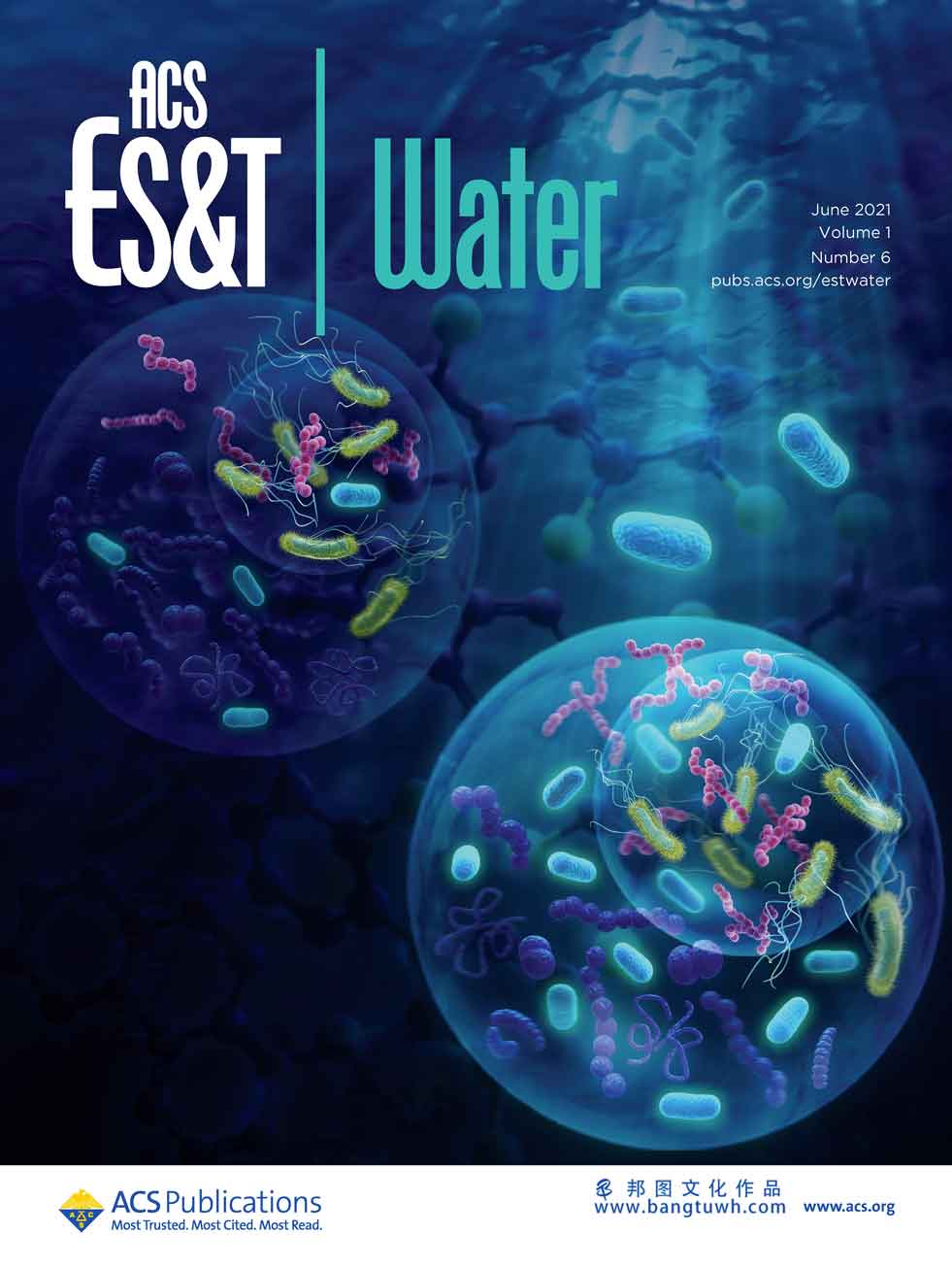科研绘图sci画图作图学术杂志封面设计toc示意图文章配图医学动画





although autochthonous bioaugmentation (aba) has been applied to remove organic pollutants from wastewater, few studies have evaluated the roles of autochthonous microbes in eliminating polychlorinated biphenyls or polyaromatic hydrocarbons to reveal the mechanisms of aba. little research has been done to date to confirm the actual performance of introduced degraders in pollutant degradation in aba and to explore a real-world scenario in which multiple pollutants coexist. here, aba by autochthonous strain ralstonia sp. m1 was used to enhance the biodegradation of phenanthrene and biphenyl. the results showed a marked improvement in phenanthrene and biphenyl degradation in aba, and the stable-isotope probing results first confirmed the direct involvement of ralstonia sp. m1 in phenanthrene and biphenyl degradation. additionally, aba significantly altered the active degrading communities, and the abundance of the active degraders shared by both phenanthrene and biphenyl metabolisms was significantly improved in aba, indicating their pivotal roles in improving phenanthrene and biphenyl degradation efficiency. furthermore, aba by strain ralstonia sp. m1 promoted the interactions between the active degraders and other core microbes, consistent with the trends of pollutant removal. collectively, our findings provide a better view of the mechanisms of aba and offer new insights into the simultaneous degradation of multiple pollutants during aba.


微信扫一扫,加设计师好友
17621261539
周一至周五8:30-18:00

提升“研值”

工作人员将在1个小时内联系您。


